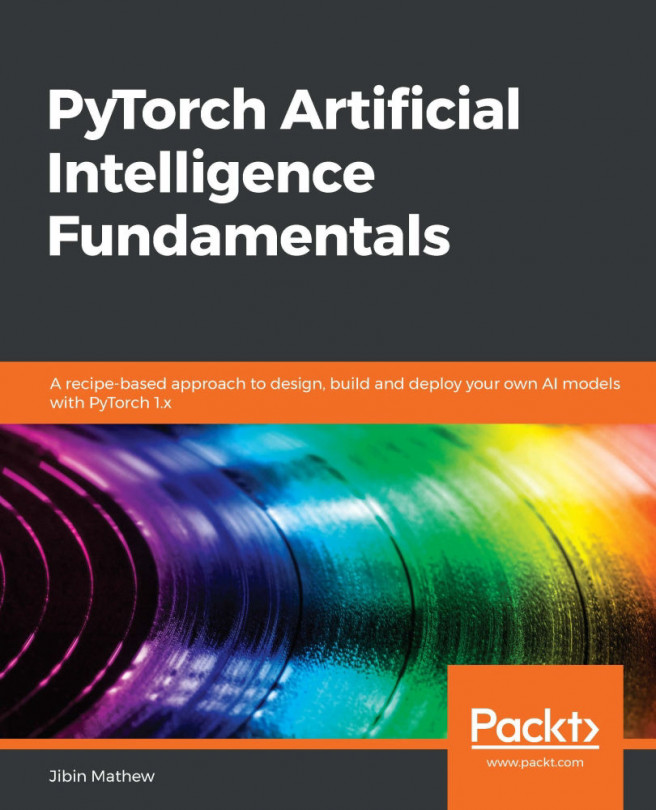In the previous section, 32 data points were considered per batch in the training dataset. This resulted in a greater number of weight updates per epoch as there were 1,875 weight updates per epoch (60,000/32 is nearly equal to 1,875, where 60,000 is the number of training images).
Furthermore, we did not consider the model's performance on an unseen dataset (validation dataset). We will explore this in this section.
In this section, we will compare the following:
- The loss and accuracy values of the training and validation data when the training batch size is 32.
- The loss and accuracy values of the training and validation data when the training batch size is 10,000.
Now that we have brought validation data into the picture, let's rerun the code provided in the Building a neural network section with additional code to generate validation data, as well as to calculate the loss and accuracy values of the validation dataset.
The...









































































